Give them all the sun you can. Bury them super, super deep, and give them tons and tons of room. And really, we could end there. But we won’t!
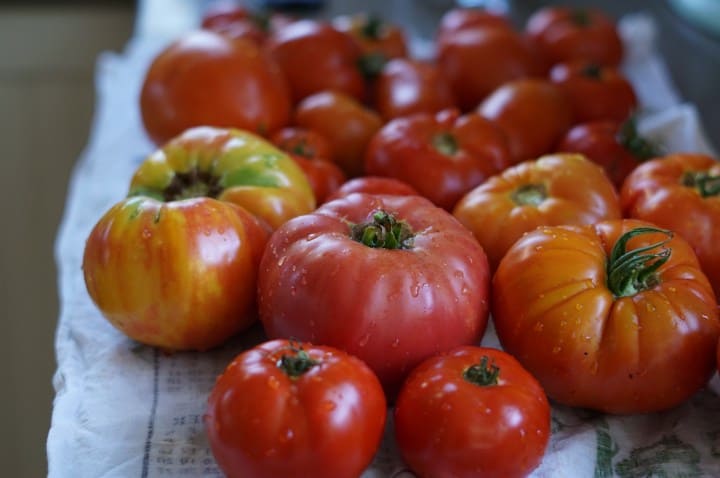
1. Sun and Space
If you get this wrong, nothing else matters. And we’re not talking about the solar system.
Lots of Sun
Tomatoes need sun, plain and simple. Full sun. Six to eight hours. No cheating. If you don’t have a spot like this, don’t bother.

No logins, No guilt, no Overwhelm
Heirloom Homemaker Email Series

Create a beautiful home life based on routines. We’ll start at the beginning and build you up. Over 2000 women have gone through this and loved it. I promise you will too.
If you’re unsure about how much sun a certain spot gets, take some time to observe the area at different times of the day. You might be surprised to find that a spot you thought was ideal is actually shaded by a nearby tree or building for a significant portion of the day.
Well-Draining Soil
Everything needs well-draining soil, so this is no surprise.
If you’re not sure about the drainage in your garden, try this simple test: dig a hole about a foot deep and fill it with water. If the water drains away within a few hours, you’re good to go. If it doesn’t, you have a bigger problem on your hands and can’t put a garden there at all. In that case, go for a large container.
These two things are a must. All the fertilizing and picking varieties in the world won’t make a difference if they don’t get sun and the soil can’t drain. If you don’t have the right spot for growing tomatoes, do not force it. Grow something else! I beg you.
2. Choose Your Varieties
This can be overwhelming, but to a large degree, it doesn’t really matter. Pick what you’re excited about and want to try.
Determinate vs Indeterminate
Tomato plants fall into two main growth habits: determinate and indeterminate. Determinate varieties, also known as bush tomatoes, grow to a fixed size (usually 3-4 feet) and produce their crop all at once. A lot of Romas are determinate.
Indeterminate varieties, on the other hand, continue to grow and produce fruit throughout the season until frost kills them. They can reach heights of 6 feet or more and need support, like tall cages.
One is not better than the other, but most indeterminate ones are a bit more exciting, if we’re being honest. Don’t get caught up here, it’s boring and not a big deal.
Heirloom or Hybrid?
Heirloom varieties are open-pollinated, meaning they’ve been passed down through generations. You can save a seed, plant it, and get a tomato that looks just like its parent.
Hybrid tomatoes are created by crossing two distinct varieties to produce offspring with specific traits. This doesn’t mean they are bio-engineered terrors. Hybrid plants have been around for hundreds of years.
Heirlooms have a reputation for beauty and better flavor, but I don’t necessarily find this to be the case. Don’t be an heirloom snob. Try for yourself and see what you like.
My Favorite Varieties
Picking tomatoes is fun, but picking favorites is like choosing a favorite child. However, if I had to pick five, here’s what I would choose:
- Brandy Boy: A hybrid with the flavor of heirloom Brandywines.
- Supersauce: One of the best canning tomatoes, but truly has no will to live
- Fresh Salsa: Perfect for dicing for bruschetta, pico, and anything else.
- Celebrity: A productive, trouble-free winner.
- Sungold: The only cherry tomato I grow. Super sweet.
I order my seeds from Johnny’s or Burpee. If you’re looking at your farmer’s market or big-box store, I’m sure you can find at least Celebrity and Sungold. The others are proprietary to Burpee.
3. Planting
This is where the mistakes start. I know you listened to me and found a sunny spot. If you’re in the shade, go box up those plants and give them to a friend.
Plant Them Deep
One of the most important things to remember when planting tomatoes is to plant them deep. Unlike most other vegetables, tomatoes have the ability to grow roots along their stem, which helps them have a better root system.
Take advantage of this! When you’re planting, remove the bottom leaves and bury the stem up to the first set of true leaves.
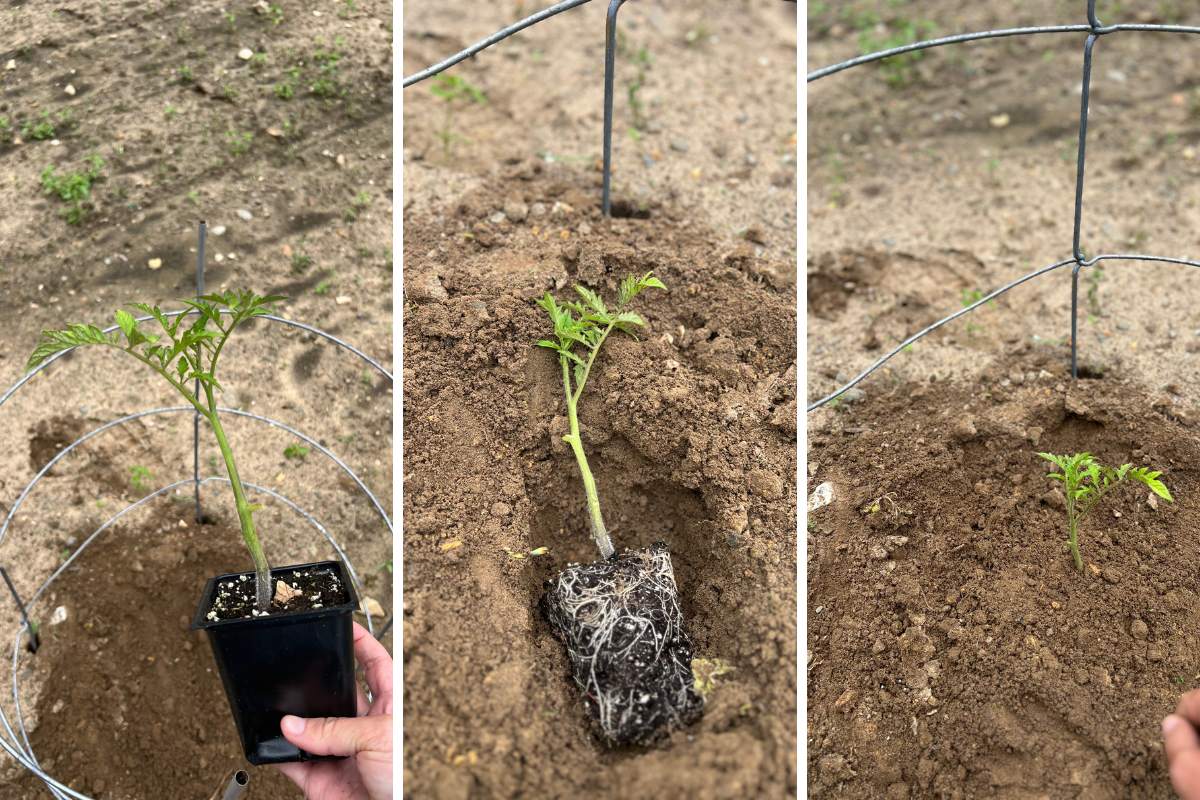
You’ll know you’ve done this right when you are sad at how small your plant looks. It will all be worth it!
Give Them Lots of Room
This is the biggest mistake of all. Crowded tomatoes will stay damp and get diseases, become a tangled mess, and you’ll hope for their death by mid-September.
As a general rule, space determinate varieties 2-3 feet apart, and indeterminate varieties 3-4 feet apart.
If you’re planting in rows, allow 4-5 feet between each row for enough space for walking and harvesting. Are you with me on this? We are talking 15 square feet per tomato.
I know what the square-foot gardening book says. I know.
I am a big believer in giving your vegetables more room than is commonly recommended. I learned this in one of my favorite gardening books and have been a believer ever since.
Give Them Support When You Plant
Put your support system in now to avoid damaging the roots later on. They will grow freakishly fast as the nights warm up and then you’ll have a jungle on your hands and end up damaging the plants trying to force a cage on top. Just do it now while they’re little babies.
Caring For Your Tomatoes As They Grow
Honestly, if you’ve set them up right, you don’t have to do much. Watering and fertilizing sometimes do more harm than good.
Watering
Tomatoes need moisture (obviously) but overwatering is just as bad as underwatering. As a general rule, tomatoes need about 1-2 inches of water per week.
I only water if my plants are wilting. Otherwise I let them be. But if you live in a desert, you’ll obviously need to water. A soaker hose or drip irrigation is best because diseases will grow if the leaves stay wet.
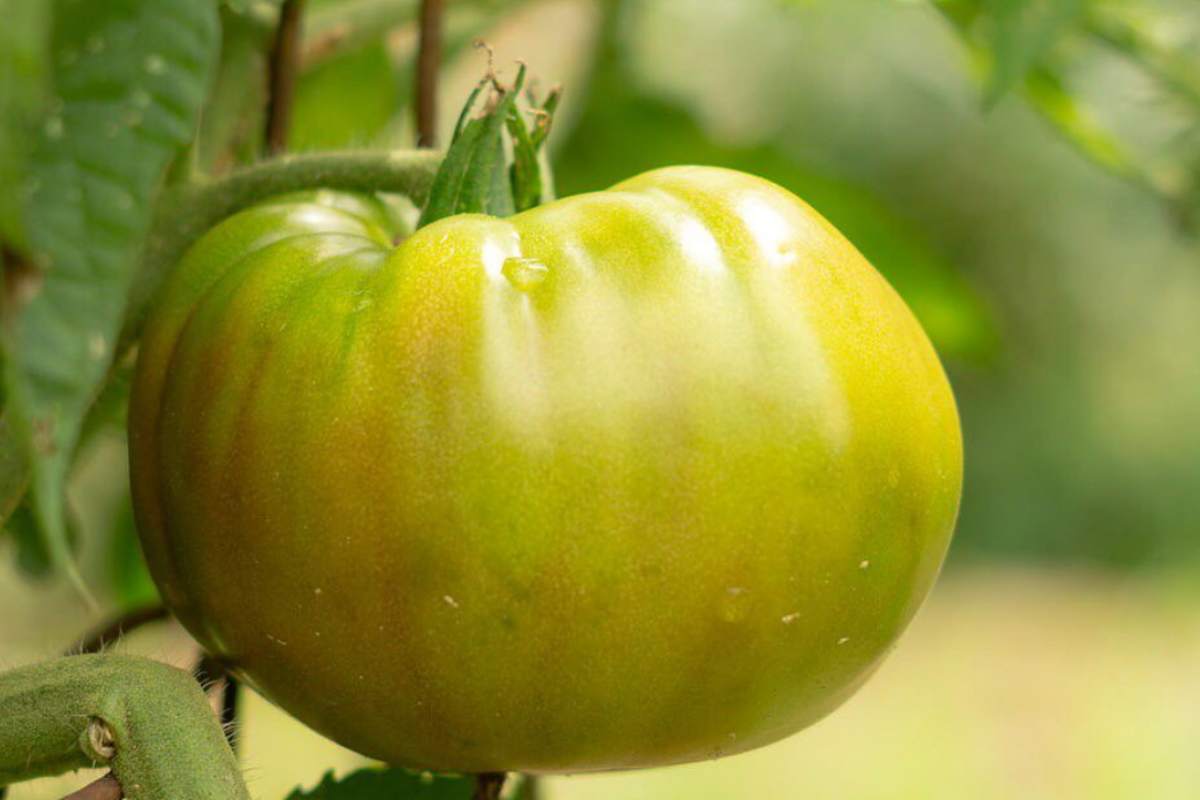
Fertilize….Maybe
Tomatoes are heavy feeders. But that doesn’t mean they need fertilizer. It just means they will take a lot of nutrients from the soil. If you add compost every year and space them out enough (yes I will continue to bug you about this), you probably don’t need fertilizer.
However, if you have gardened in the same spot for years and don’t add compost or any other nutrients to the soil, they’ll need a little something. I like Tomato-Tone because it’s lower in nitrogen (high nitrogen fertilizers will often give you tons of lush green growth and hardly any tomatoes.)
To Prune or Not to Prune
I have never pruned my tomatoes, although some people choose to. We live in a humid climate and it’s my belief that the less you touch them, the better.
My father-in-law, however, prunes his to one central stem. We both have lots of tomatoes. His plants look weirder.
Tomato Pests and Diseases
I don’t really like to talk about all the things that could theoretically go wrong because then you start thinking about them and give up before you’ve started. But you can do this. So unless you’re having a specific problem, skip this section.
First, are your tomatoes getting wet and not getting enough sun to dry off the leaves? We talked about this. Wet leaves that don’t dry off will eventually mildew, just any other thing that never gets dry. Sorry. Pull them out and plant some spinach.
Assuming you did everything right and are now having problems, let’s discuss.
Bugs
Most minor bug infestations will clear up on their own. A predator will come in and eat the little bugs and life will go on. You are outside, after all. Bugs are normal.
But if it’s really getting out of hand, I recommend handpicking the pests and dropping them in a can of soapy water. I know this is gross and annoying but trust me that pesticides will do more harm than good.
And next year, plant your tomatoes in a different spot. You should do that anyway.
Diseases
This is where it gets tricky. Yellowing leaves can be absolutely no problem at all, could be overwatering, could be early blight (no biggie), could be late blight (terrible). I recommend, if you can, taking a picture and asking someone local with experience what is happening with your tomatoes.
Almost every tomato plant will have yellowing leaves at some point in its life. Don’t worry!
In my hot and humid climate, I plant tomatoes twice a year: once in early May, once in late June. In mid-August I pull the May ones and the second crop takes over and gives me tomatoes until early November. I do this because my plants always get early blight and are gross by this point. Sometimes you can’t truly fight all the diseases and you just do the best you can.
Harvesting Tomatoes
You did it. The sun came out. You kept them dry. You picked Japanese beetles off them. I knew you had it in you.
I know you are a smart person and understand to pick them when they’re ripe. But you can also pick them a bit early, as soon as they “break”, which means they show that first hint of color. Leave them on your counter and they’ll continue to ripen. This is hardly if frost is coming or if they’re getting nibbled on by creatures. (It won’t work if the tomatoes are fully green.)
And when they’re ready please enjoy all my favorite tomato recipes, from salads to canning
Get Started
Please do not endlessly read about this topic. Just pick varieties that you’re excited about and get out there.
Every serious gardener started with a few tomato plants one fateful spring. And I hope you are one of those, about to start a lifelong hobby that will make you happy every summer for the rest of your life.
If you need help or are wondering about a specific variety, you know where to find me.


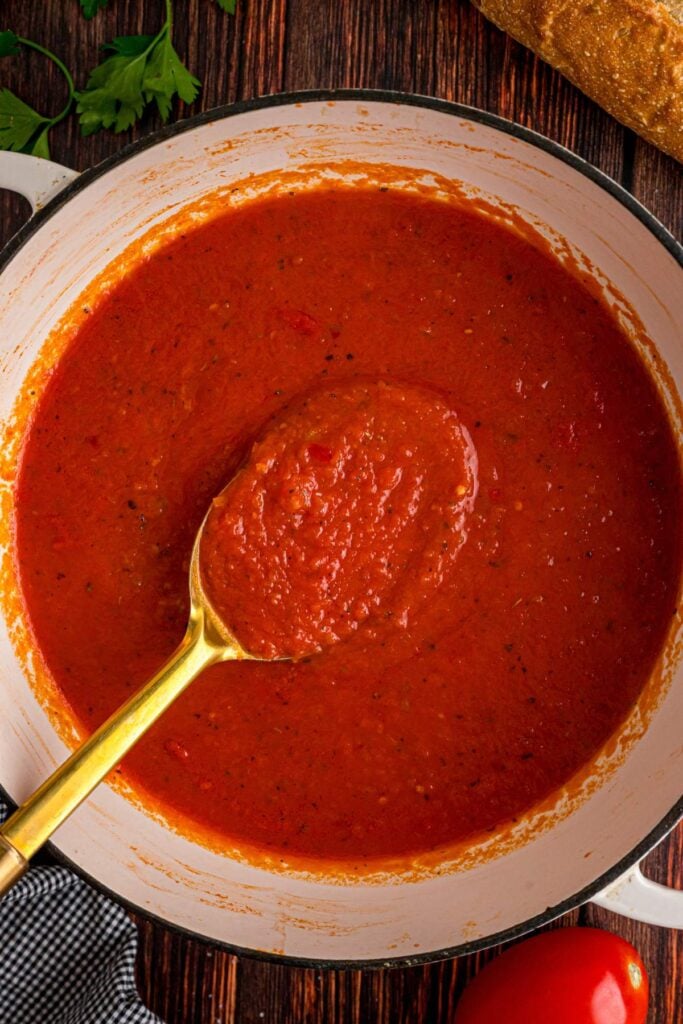
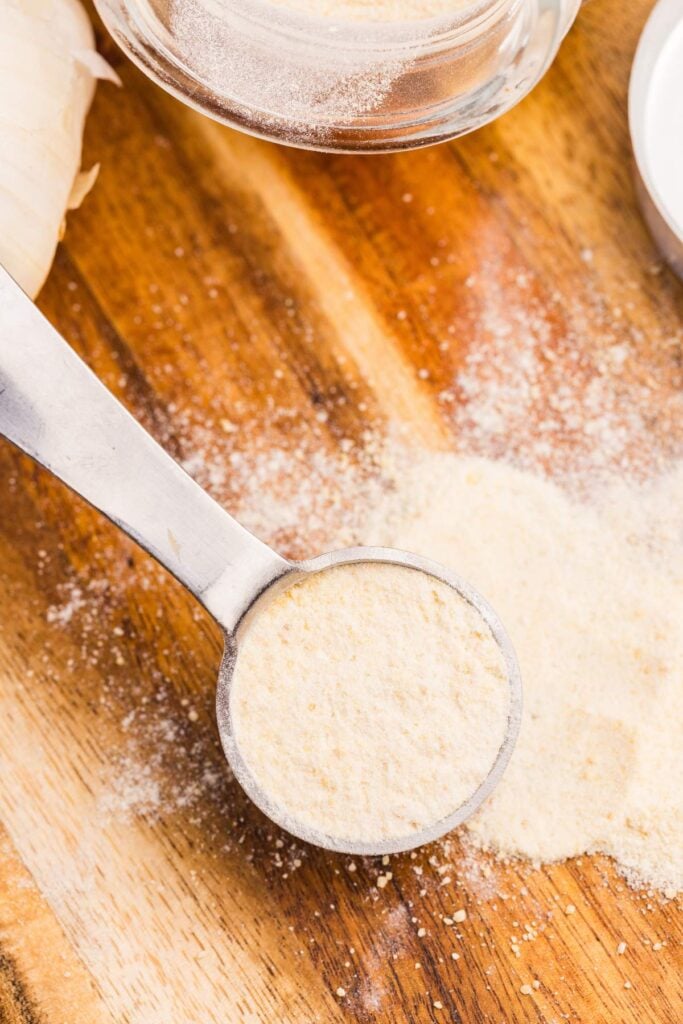
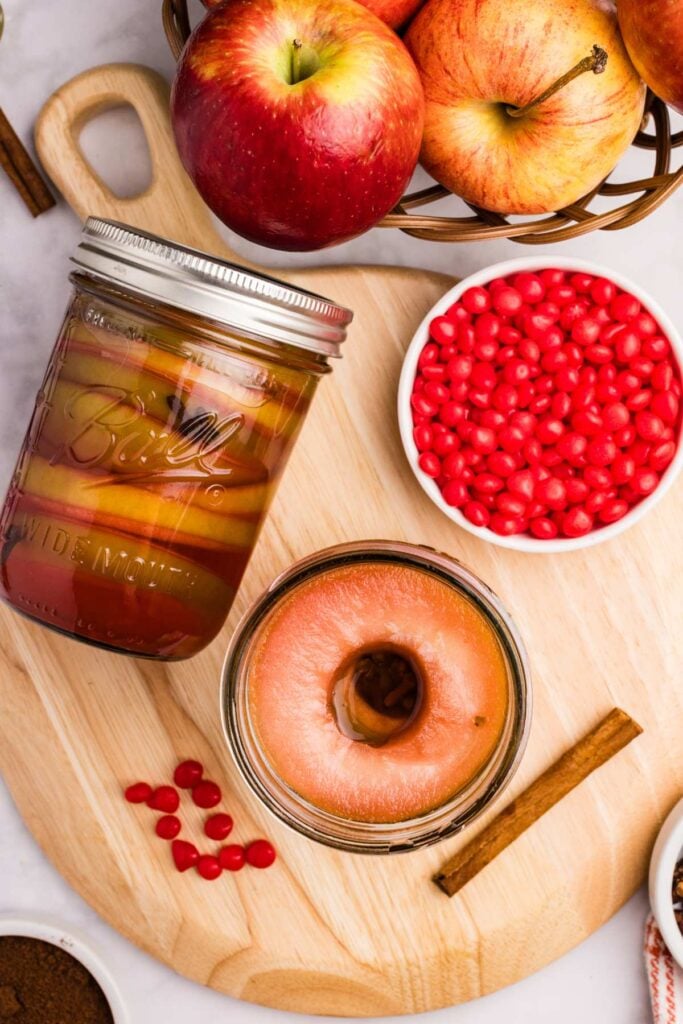
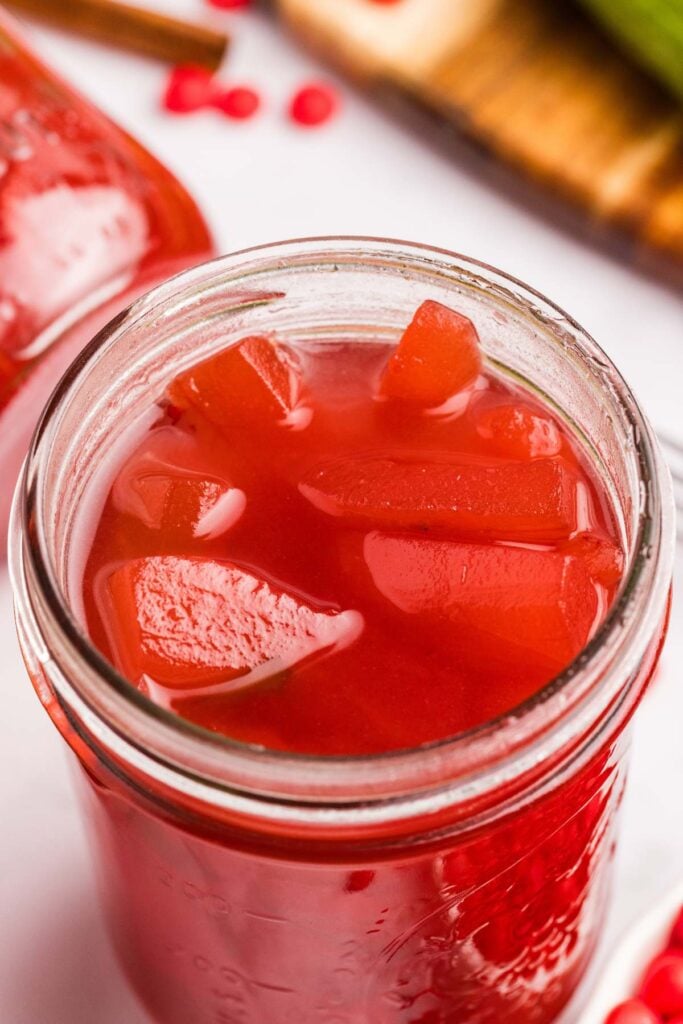
hi Katie! I live in Florida where our “soil” is basically sand. I’ve never gardened before but I’m going to try making my own potting soil and starting a small container garden on our lanai (aka back patio). I will test for sun as you suggested, and would love a post-specific to container/porch gardening for newbies. Specifically for veggies.